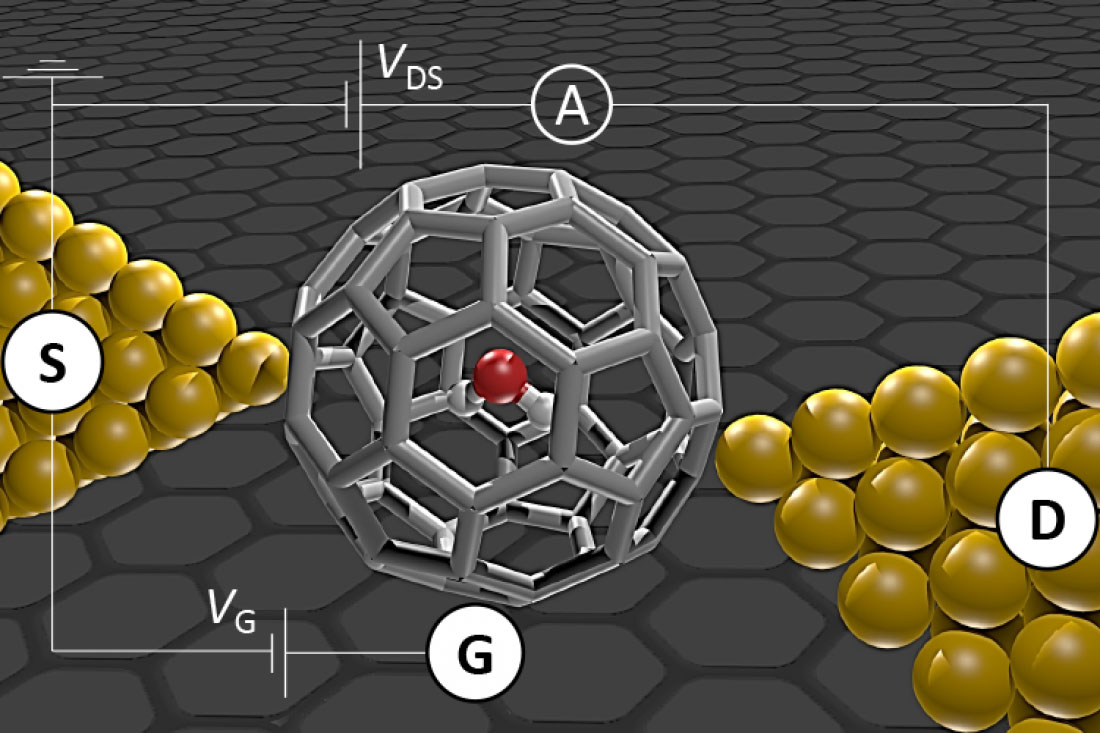Molecular Electronics: Building Circuits at the Nanoscale
What is Molecular Electronics?
Molecular electronics is a branch of nanotechnology that focuses on using individual molecules or nanoscale molecular structures as electronic components to create miniaturized circuits and devices. It aims to overcome the limitations of conventional silicon-based electronics by exploiting the unique electrical, optical, and magnetic properties of molecules.

Key Concepts in Molecular Electronics
Molecular electronics relies on several key concepts that distinguish it from traditional electronics:
- Single-Molecule Devices: Molecular electronics aims to use individual molecules as functional electronic components, such as wires, switches, and diodes. These molecules are typically organic compounds with specific electrical properties that can be tuned by modifying their chemical structure.
- Quantum Effects: At the molecular scale, quantum effects become significant and can be exploited for novel electronic functionalities. Molecular electronic devices can exhibit quantum tunneling, interference, and coherence, leading to unique electrical and optical properties not observed in bulk materials.
- Self-Assembly: Molecular electronic devices often rely on the self-assembly of molecules into ordered structures, such as monolayers or nanowires. This bottom-up approach allows for the precise control over the arrangement and orientation of molecules, enabling the fabrication of complex nanoscale circuits.
Molecular Electronics vs. Nanoelectronics
While molecular electronics and nanoelectronics are closely related, there are some key differences between the two fields:
- Molecular electronics specifically focuses on using individual molecules or molecular structures as electronic components, while nanoelectronics encompasses a broader range of nanoscale electronic devices and materials, including nanoparticles, nanotubes, and thin films.
- Molecular electronics emphasizes the use of organic molecules with tailored electronic properties, while nanoelectronics can involve both organic and inorganic nanomaterials.
- Molecular electronics often relies on the self-assembly of molecules into ordered structures, while nanoelectronics may utilize various top-down and bottom-up fabrication techniques, such as lithography and chemical synthesis.
Despite these differences, molecular electronics and nanoelectronics share the common goal of pushing the boundaries of miniaturization and exploring novel electronic functionalities at the nanoscale.
Advantages of Molecular Electronics
Molecular electronics offers several advantages over conventional silicon-based electronics:
- Miniaturization: Molecular electronic devices can be orders of magnitude smaller than current silicon-based devices, enabling ultra-high density integration and reduced power consumption.
- Tunability: The electronic properties of molecules can be precisely tuned by modifying their chemical structure, allowing for the design of customized electronic components with specific functionalities.
- Low-Cost Fabrication: Molecular electronic devices can be fabricated using bottom-up self-assembly techniques, potentially reducing manufacturing costs compared to top-down lithography methods used in conventional electronics.
- Novel Functionalities: Molecular electronics can exploit quantum effects and molecular-scale phenomena to achieve novel electronic functionalities, such as molecular rectification, switching, and memory.
Challenges and Future Perspectives
Despite the promising potential of molecular electronics, there are several challenges that need to be addressed for its practical implementation:
- Device Stability: Ensuring the long-term stability and reliability of molecular electronic devices remains a significant challenge. Molecules can be sensitive to environmental factors, such as temperature, humidity, and chemical degradation.
- Integration and Scalability: Integrating molecular electronic components into larger-scale circuits and systems poses significant challenges in terms of interconnects, packaging, and manufacturing scalability.
- Reproducibility: Achieving consistent and reproducible performance of molecular electronic devices is crucial for their practical application. Variations in molecular structure, orientation, and interface properties can significantly affect device performance.
Future research in molecular electronics will focus on addressing these challenges through the development of robust molecular design strategies, advanced fabrication techniques, and novel device architectures. The integration of molecular electronics with other emerging technologies, such as nanophotonics and spintronics, may also lead to new opportunities for multifunctional nanoscale devices.
Further Reading
Chemical Society Reviews, Single-molecule electronics: from chemical design to functional devices
Journal of Materials Chemistry C, Recent progress in the development of molecular-scale electronics based on photoswitchable molecules
